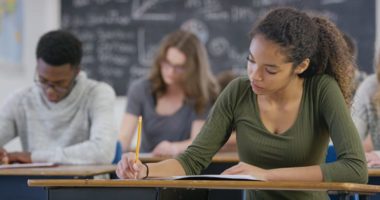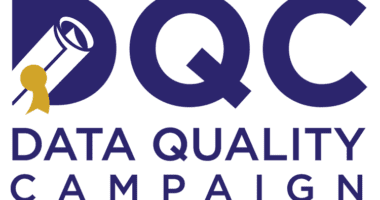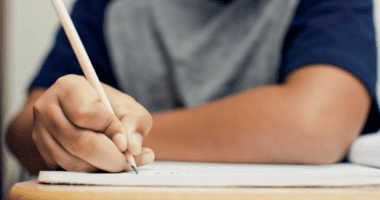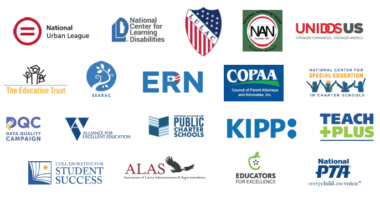
Over the last year, students have learned to cope with significant uncertainty and navigated learning in new ways. With the support of committed educators, families, and caregivers, many students have embraced change and continued to learn new skills — from math to music — sometimes beyond what they learned in classrooms prior to the pandemic. But we also know the pandemic has intensified deep inequities and fortified barriers to learning that existed even before COVID-19.
As a result, students will have significant unfinished learning – lessons that students missed or didn’t master during COVID-19 – because of school closures and distance learning . This is especially true for Black, Latino, and Native students and students from low-income backgrounds. One estimate predicts 5-9 months of average unfinished learning, another up to 12 months.
And while these are intimidating estimates, they are just that, estimates. To date, there has been no broad, non-biased statewide assessment of student learning to help us understand the scope of the issue and to identify which students, schools, and districts need additional resources.
To understand the scope of the COVID -19 crisis , states must collect accurate, objective, and comparable data that speaks to the quality of education in this moment, including data from statewide assessments. For parents, families, and the communities we serve, assessment data aligned to state-adopted standards shows how well schools are serving all students, while holding students to high expectations and preparing them for postsecondary education and the workforce.
Additionally, the American Rescue Plan Act includes $125 billion to help school districts recover, but in order to utilize that money equitably, school leaders need more than estimates. They need to see the actual scope of the problem in order to allocate resources where they are most needed and implement practices to accelerate student learning such as intensive tutoring or extended learning time .
We know that the continuing COVID-19 health crisis has elevated the decisions state and district leaders make each day to protect the health of students and educators. And we believe, as many others do, that in administering assessments this year students and educators should not be going to physical school buildings solely for the purpose of taking a test. We are glad the U.S. Department of Education has provided flexibility options for states to be responsive to the reality of the pandemic while also gathering this critical assessment data.
It is also important that this data not be used in a manner that negatively impacts students, teachers, or schools/districts — in particular, that assessment results will not be used to justify withdrawing funding or other resources from a school. While statewide assessments can’t tell us everything we need to know, they are the only tool we have right now to compare the pandemic’s impact on student learning across schools, districts, and, most critically, across student groups. EdTrust is working alongside our civil rights partners to ensure that we are shining a light on deep inequities in order to pave a n equitable way forward.







